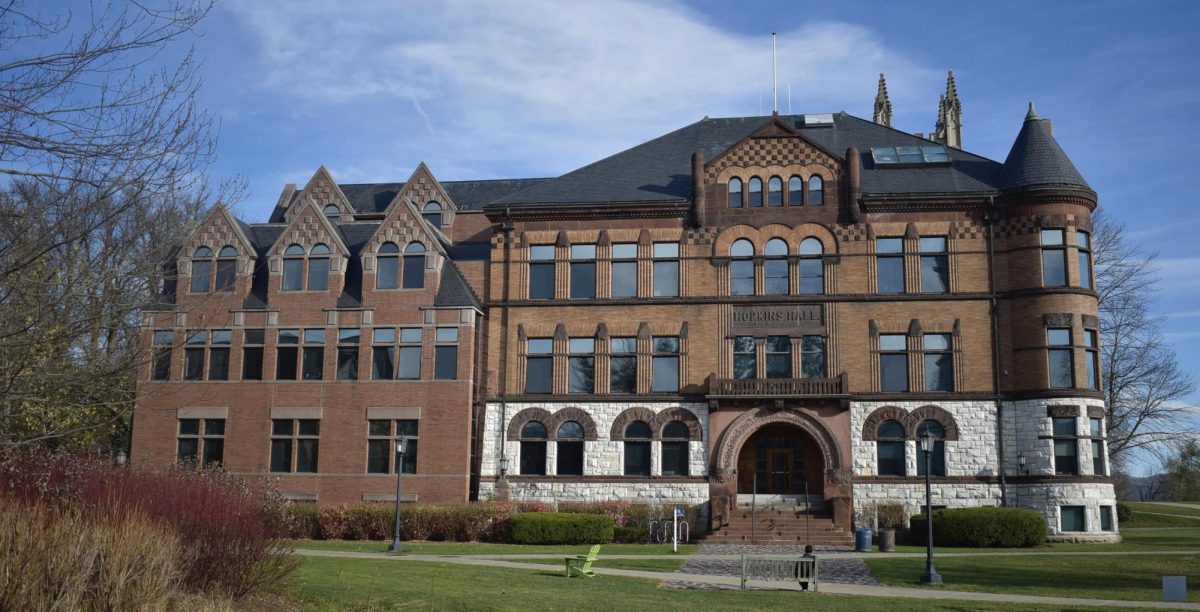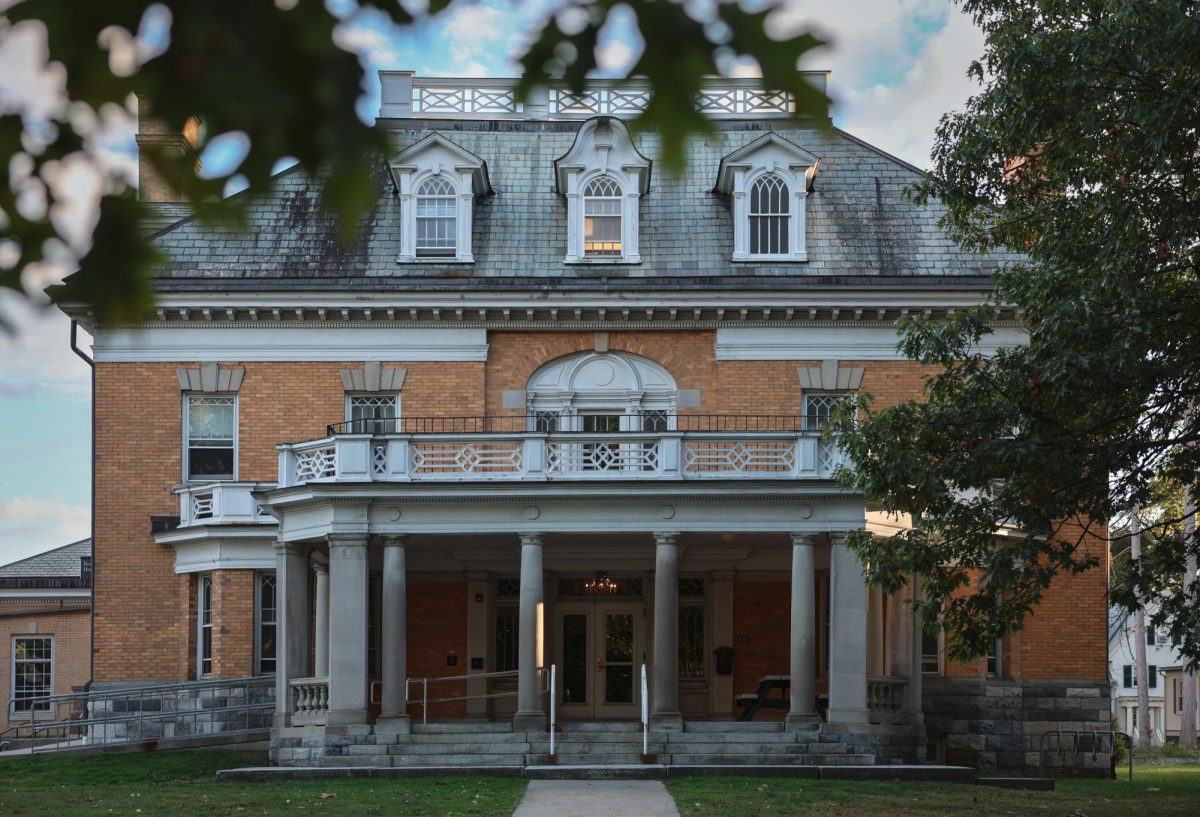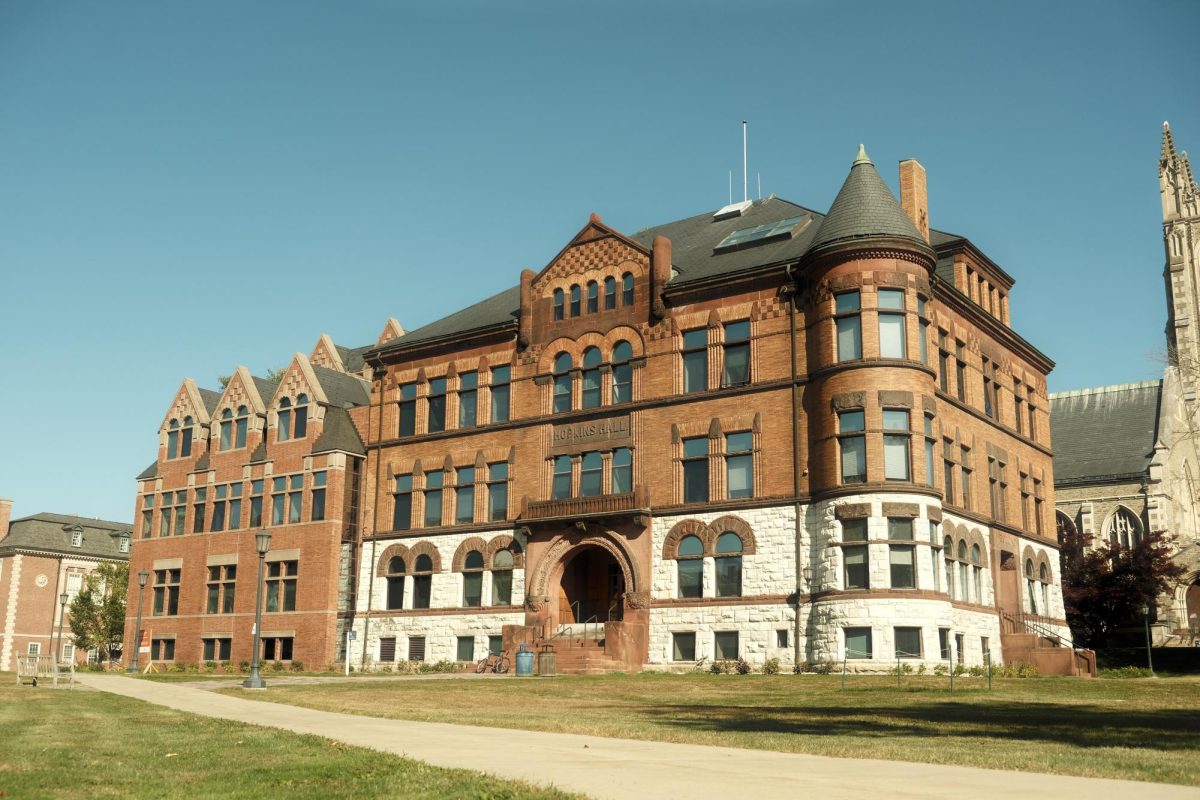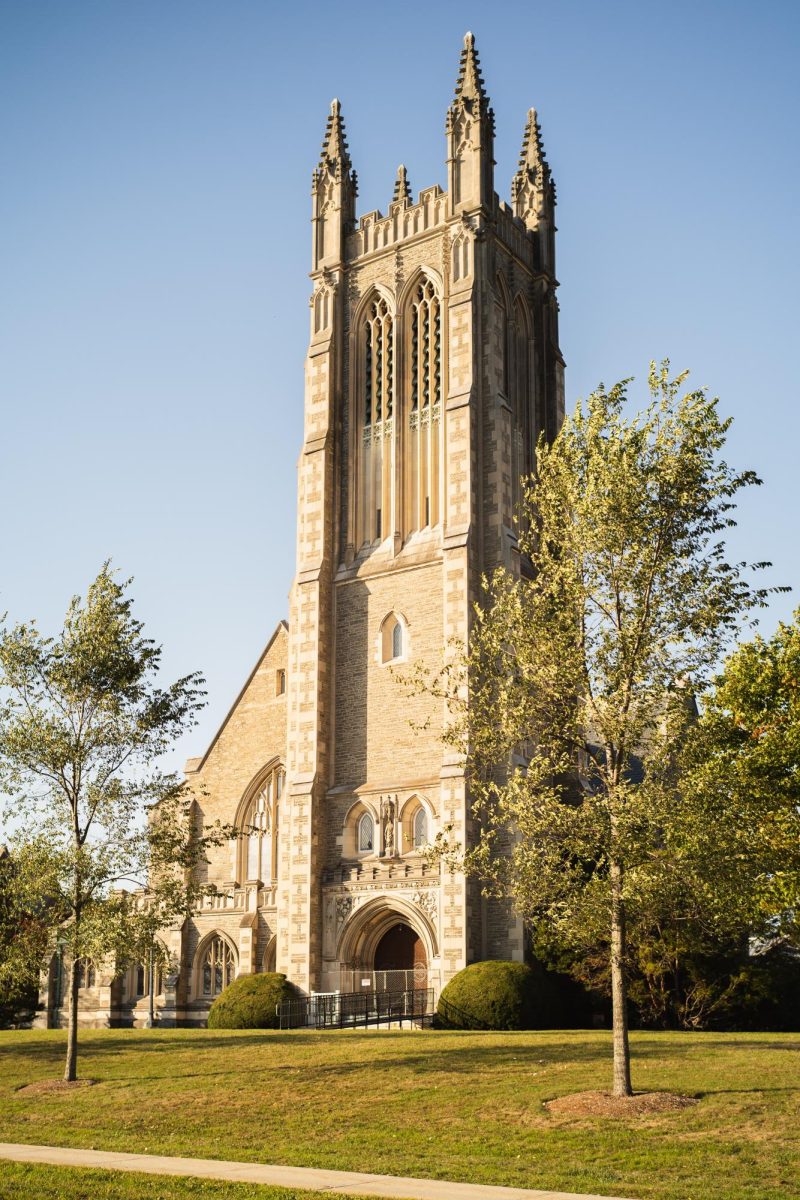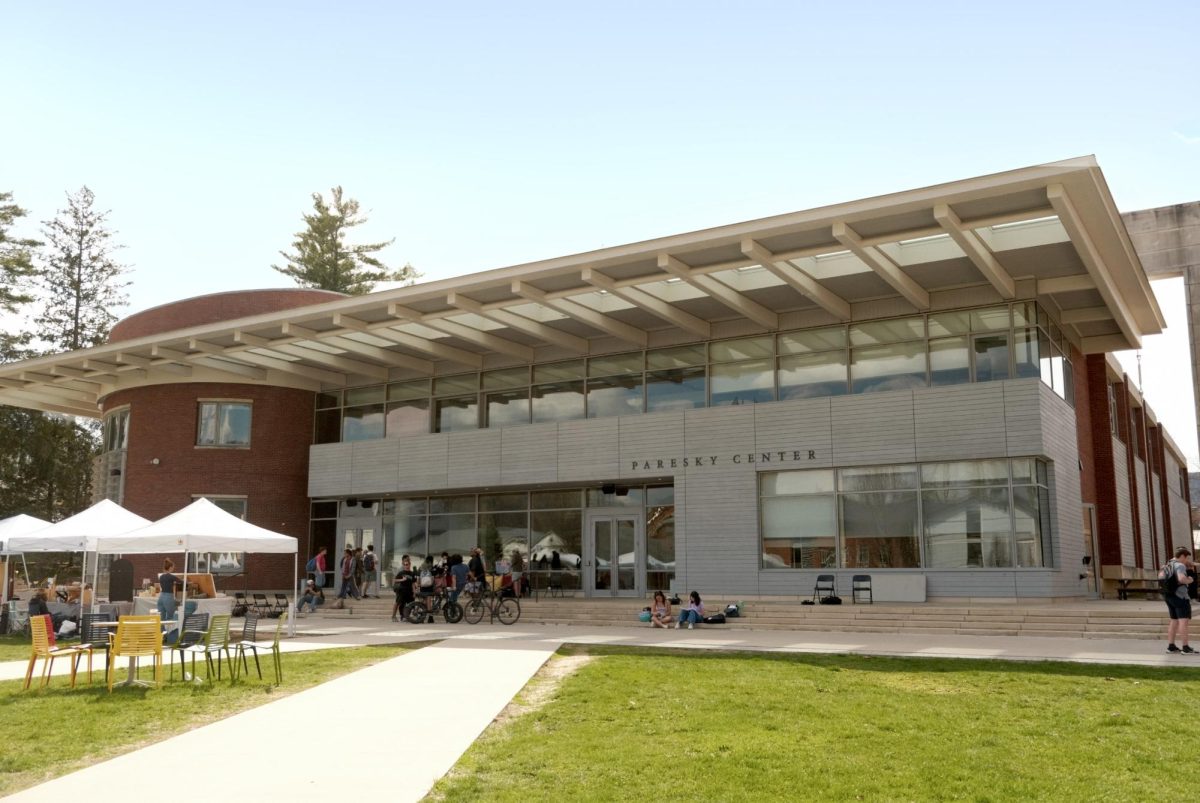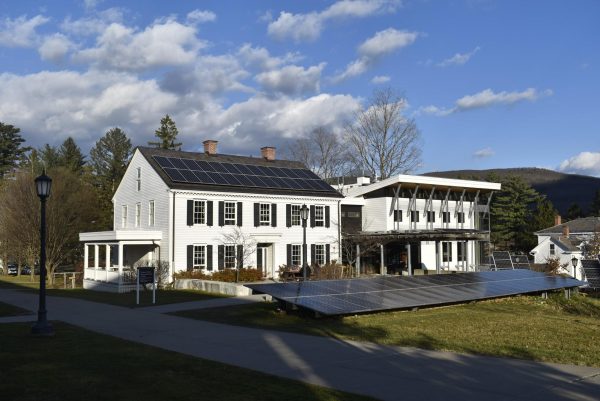
The College plans to incur $106 million in debt over the next decade to finance its Energy and Carbon Master Plan, which seeks to reduce campus emissions by 80 percent by 2050. Provost Eiko Siniawer and Vice President for Finance and Operations Mike Wagner presented this figure at the Nov. 6 faculty meeting, adding that the College does not anticipate that it will be able to fundraise for any of the plan’s cost and will finance it entirely through loans. A portion of the College’s recent $105 million bond will go toward initial expenses of the plan, which is still in the planning and design stage.
The Record sat down with Jason Moran, assistant director for energy and utilities, and Tanja Srebotnjak, executive director of the Zilkha Center for the Environment, to learn more about the plan, its progress, and the projected allocation of the $106 million investment.
What is the Energy and Carbon Master Plan?
As a part of its Climate Action Plan, to which it committed in 2022, the College intends to reduce carbon emissions by College facilities and its energy sources to 20 percent of their 1991 levels by 2050. The Energy and Carbon Master Plan outlines the infrastructural upgrades needed to achieve this goal.
The College relies on natural gas to generate steam, which is distributed through a three-mile network of pipes that provide heat and hot water to most campus buildings. The plan outlines how the College will shift its reliance on steam to low-temperature hot water — around 140 degrees Fahrenheit — making its heating system compatible with clean energy sources.
Moran explained that this transition will be a significant and expensive effort. “If we transition to using water as that medium to move the energy around … one could argue that we’re going to need three miles of low-temperature hot water piping installed in the ground,” Moran said.
The College is exploring several clean energy sources to heat the water. After the failure of its vertical geothermal test wells in February, Moran said that the College is currently conducting tests near Cole Field for horizontal geothermal wells, which are less efficient. If this second round of geothermal tests fails, the College is considering air-source heat pumps as a backup option.
The plan outlines the College’s intentions to construct a new district energy plant to replace the current steam-generating facility behind Currier Quad. The existing steam plant will be incompatible with the electric heating proposed by the Energy and Carbon Master Plan.
“Conceivably all the equipment in there is not conducive to be able to create low-temperature hot water using electricity,” Moran said. “So we would have to … have it be part of a new structure.”
What progress has the College made?
“Right now, we’re still in the planning efforts,” Moran said.
Preliminary work began in 2021, when the College hired RMF Engineering, an outside consulting group, to jumpstart the initial planning and design for the project. In 2023, Consigli, another construction contractor, joined the project, and the two firms began designing the first stage of construction.
But design work for the district energy plant is on hold until the College determines its energy source — geothermal wells or air-source heat pumps — which would dictate its location, Moran said. In the meantime, Moran’s team is coordinating with other campus planning teams, such as the athletics and wellbeing program study, to look for potential areas of collaboration.
“We want to make sure that our decarbonization strategy doesn’t get too far out in front of what those studies will materialize, because we don’t want to have to go backwards,” he said.
“Let’s say they’re going to build a new residence hall,” he continued. “Basements aren’t very attractive. They’re not really conducive for students to be living in, but might we dig a little bit deeper and actually put some of that equipment in there?”
Where are the funds going?
According to Moran, the College has allocated funds from the recent bond issuance to contractors like RMF Engineering for planning and design efforts.
He emphasized that a large-scale infrastructure project on an active campus necessitates extensive preplanning. “I can’t just close down Paresky,” he said. “All the functions that Paresky serves the campus — where are they going to go while I close this building down?”
The $106 million price tag is a consequence of that complexity. “This is a massive campus-wide effort that will require new infrastructure and new building connections to every single building on campus,” Moran said.
What is the College doing in the meantime?
Srebotnjak explained to the Record that, until the College can transition to green energy, it is purchasing carbon offsets equivalent to a portion of its emissions. She noted that, because the College cannot accurately measure all its emissions, it only offsets those captured in its annual greenhouse gas emissions inventory.
In the 2023 fiscal year, the College inventoried 19,216 metric tons of carbon dioxide equivalent, which Srebotnjak said cost the College roughly $135,000. She noted that the price of carbon offsets has declined in recent years, as some studies have called their efficacy into question, though she added that the College has been careful about assessing the quality of the offsets they purchase.
“We know that not all carbon offsets are created equal,” she said. “We will step up our efforts to vet the offsets we repurchase as much as we can.”
The College plans to phase out offset purchases as its new energy systems are implemented and emissions from the campus heating system decline.
Are peer institutions doing anything similar?
Most of the College’s peer institutions are pursuing similar plans, Moran said, at varying stages of progress. Smith and Swarthmore, for instance, have already begun constructing low-temperature hot water or geothermal heating infrastructure, while Bowdoin and Dartmouth are “one step behind” Williams in their planning process, he said.
“I think that the writing on the wall is that, [at] institutions like ours, we want to meet state and federal sustainability goals in the state of Massachusetts,” he said. “Everyone is doing this in some shape or form, and it all looks similar, but it’s different across each campus because every campus is different.”





